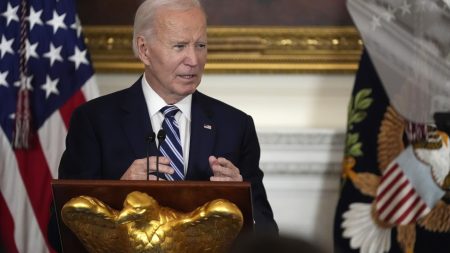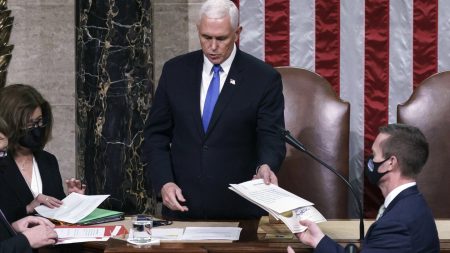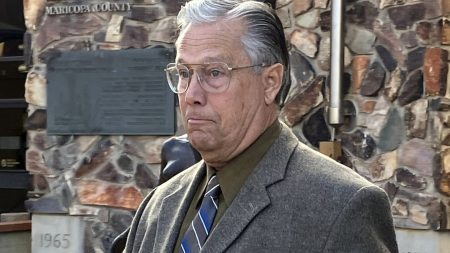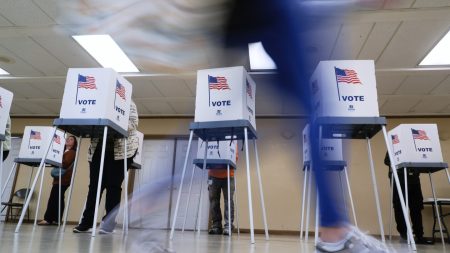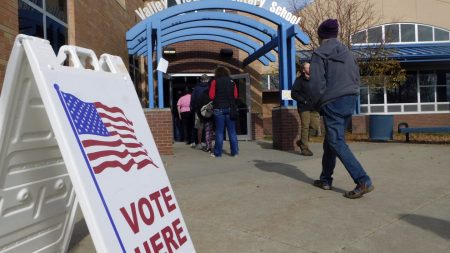The upcoming North Dakota state primary on Tuesday is set to decide several key races, including the race for the governor and the lone House seat. Former Governor Doug Burgum’s decision not to seek a third term has created an opening for the governor’s office that has attracted prominent Republican candidates. Republican Kelly Armstrong, the current House representative, is running for governor against Lt. Gov. Tammy Miller. Armstrong won the state Republican party endorsement, while Burgum has endorsed Miller as his successor.
On the Democratic side, state Sen. Merrill Piepkorn and independent candidate Michael Coachman are also vying for the governor’s seat. In the race to replace Armstrong in Congress, five Republicans and two Democrats are competing. Former state Rep. Rick Becker, Public Service Commissioner Julie Fedorchak, and former Miss America Cara Mund are some of the candidates seeking the GOP nomination. The primary will also feature a contested Democratic race between former teacher and military veteran Trygve Hammer and frequent candidate Roland Riemers.
A statewide ballot measure will also be on the ballot, proposing an age limit for candidates running for the state’s U.S. Senate or House seats. Additionally, voters will decide on contested GOP primaries for state Senate and House districts. Republican Sen. Kevin Cramer is also up for reelection, facing Democrat Katrina Christiansen in the general election. North Dakota does not have a formal statewide voter registration system, allowing any eligible voter to participate in the primary.
The outcome of the primary will be crucial for shaping the future political landscape in North Dakota. Key counties like Cass, Burleigh, Grand Forks, and Ward will likely play a significant role in determining the winners in statewide contests. Candidates with strong performances in these counties could have an advantage in the overall race. The election night tabulation is expected to end by 1:10 a.m. ET, with the AP providing real-time updates on the results.
The AP does not make projections and will declare winners only when there is a clear lead that cannot be overcome by trailing candidates. Automatic recounts are triggered if the vote margin is within a certain percentage range. The voter turnout and advance vote look promising, with thousands of ballots already cast before primary day. As the November general election looms closer, the primary outcomes will shape the political landscape in North Dakota for the coming years. Stay tuned for the latest updates on the primary results and follow the AP’s coverage of the 2024 election.










